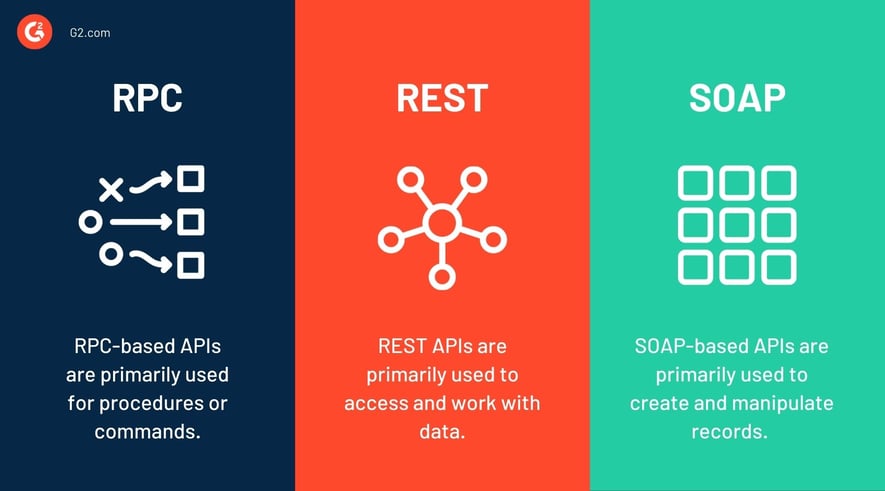APIs allow two or more digital applications or services to communicate with each other, and they’re translated into user-facing platforms. Any app or website you visit will use APIs of some description to deliver their services. Unfortunately, as the number of APIs increases, the number of security breaches increases, which can put businesses off from using APIs.
Fortunately, there is a solution in the shape of API management tools, which are dedicated to providing functionality and security across all APIs in use by a business. Throughout this article, we’ll let you know what the benefits are and how to choose an API management tool.
Benefits of API Management Platforms
There are many benefits of using API Management Tools, but here are our top picks:
- In-depth business overview. Using the API management tool’s dashboard, you can see how users are integrating with each API, which helps to improve your overall product.
- Greater user experience. User trust is built through minimal downtime and guaranteed compliance. With an API management tool, you can evaluate the useability of different services included in your product.
- Higher security. Your API ecosystem needs to be secured to avoid data breaches. Fortunately, an API management platform will monitor, test, and alert you of potential security flaws.
This list barely scratches the surface of API management platform benefits - you can read more about this here.
How to Make Your Decision
API management platforms come in different shapes and sizes, which is why you need to understand your needs and abilities before you get started. The following sections will provide you with a short comparison of the different features you will find.
Traditional vs. Low-Code
Low-code API management platforms are perfect for people without thorough coding experience. The majority of these platforms involve a series of click and drag functions, but you will need to input some data to customize certain elements. Alternatively, traditional API management tools call for in-depth developer experience because you will need to edit the backend.
Paid vs. Open-Source
Open-source SaaS API platforms allow you to manage APIs for free and fully customize tools depending on your needs. However, they aren’t always too user-friendly, and you will likely need to pay for a developer. Alternatively, you can use a paid platform like Microsoft Azure or IBM, which will come with additional support. To decide between the two, you will need to assess current finances and time constraints.
Startup vs. Enterprise
If you’re operating a small business, you can use a startup API management tool, which will come with limitations that can limit growth. Alternatively, the enterprise tier is designed with scalability in mind, which means you can access all functions and grow without a care. However, you should keep in mind that this will cost your business more.
If you’re using APIs to provide services to your customers, an API management tool is a no-brainer. You receive high-quality security, detailed analytics, and much more to help improve your business. Before making your decision, remember to consider your skill level, time constraints, and available revenue.

